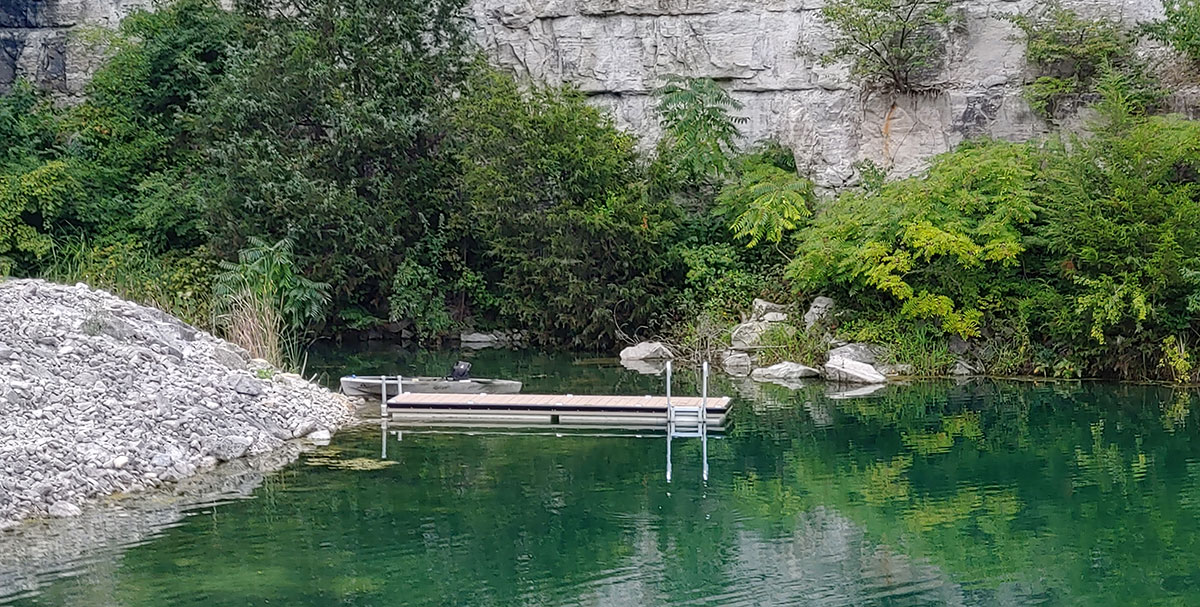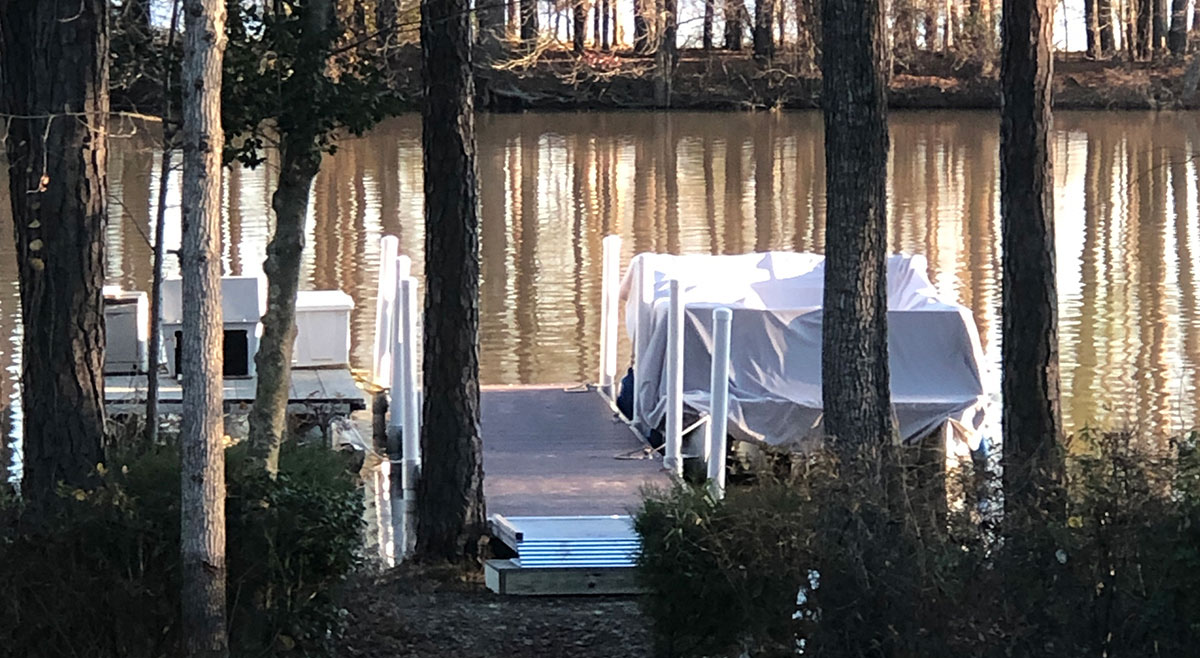
10 Things to Know Before Buying a Jet Ski
There’s no better way to spend a day – or make the most of the sunshine and scenery – than cruising through the waterways on your jet ski. There is a tremendous sense of freedom and possibility. Investing in one of these personal watercrafts will certainly pay you back again and again. What should you know before you go for it? Here’s a quick jet ski buying guide to help you make a decision you’ll pat yourself on the back for again and again.
Be an Informed Buyer with Help From This Jet Ski Buying Guide
Keep the following in mind as you search for the right jet ski:
1. Where you’ll ride.
Are you going to use your jet ski in lakes and rivers? Or saltwater bodies? While any PWC will corrode in both fresh and saltwater, there’s no doubt that salt significantly accelerates the process. Some riders maintain that skis with closed loop cooling systems (e.g., Sea-Doo) are better-suited to saltwater conditions. This type of system uses surrounding water to cool the engine – but the water never directly enters the engine itself.
In contrast, an open loop cooling system (e.g., Yamaha WaveRunner) allows the surrounding water to run through the engine. Again, when metal is exposed to water and salt, it will corrode relatively quickly.
Keep in mind that regardless of the cooling system or what type of water you run it in, you need to clean your jet ski properly to avoid problems related to corrosion and rust. Plan on spending some time after each ride flushing the water injection port with clean water, rinsing out the engine bay, and cleaning all interior and exterior components. You’ll keep it in top running condition and lengthen its life.
2. Who will be riding it.
The size of the PWC is critical. While you might think that a smaller, lightweight jet ski is better for a less experienced rider, when in fact the opposite is true. Larger models have more stability, which is helpful for beginners. Also, if you plan to tow wakeboarders or rafts, getting a big model is preferable. Experienced riders can opt for the leaner, more agile models.
This also applies to the jet ski’s specifications. If you’re a beginner or inexperienced rider, you don’t want a Sea-Doo’s RXP-X, Kawasaki’s Ultra 310R, or Yamaha’s FZR, all of which hit nearly 70mph or the Yamaha GP 1800 which zooms to nearly 90. You want to make sure the engine and power fits the rider.
*Note: in Florida, people under 14 may not operate a jet ski.
3. Whether you want new or used.
New models are equipped with the latest technology and innovations, so you’ll get the bells and whistles you want. You don’t have to worry about wear and tear or spotty maintenance from previous owners, and many new jet skis come with a warranty. But they also come with a higher price tag.
Generally, a used jet ski is less expensive than a new one. But, of course, just like a car, it depends on the make and model. Many people advise that those starting out opt for pre-owned. This allows you to learn how to ride and complete basic maintenance tasks. You can also see if you really love it and will use the PWC before investing in a new one.
If you choose a used jet ski, make sure to check maintenance records and examine the PWC for wear and tear. It’s a good idea to have a mechanic check it out, and again, just as with a car, take that baby for a test drive.
4. What type of insurance, if any, you want on your PWC.
The state of Florida does not require you to carry insurance on your jet ski. That said, it’s a smart idea to purchase a separate policy for your PWC. It should cover personal injuries, medical costs, and property damage. Some policies also cover you if an insured operator causes the accident.
5. What type of maintenance you’ll need to do.
Whether you opt for a new or used model, you will have to maintain your PWC (and, of course, clean it after each ride). New jet skis will likely require less in the way of repair work, but it is recommended that you stick to a routine maintenance schedule. Are you able to do this yourself? Do you have a mechanic who can do the work? If so, are they conveniently located?
6. What accessories you’ll need.
Life jackets are a must. These are required by law, so this is a non-negotiable. You may also want to purchase jet ski covers for transport and storage, a marine GPS unit, safety whistle, dry bags, coolers, fishing gear, waterproof phone case, waterproof speakers, telescoping paddle, tow tube, tow rope, etc. This depends on how you want to use your jet ski and which accessories will make it more useful and/or enjoyable.
7. What brand you want.
Some people are diehard Yamaha fans; others will not ride anything but a Sea-Doo. If this is a big deal for you, research your brand and the models it offers. If you are open to any brand, again, do your research and find the best fit for you in terms of power, speed, size, and price.
8. How you will transport your jet ski.
If you’re lucky enough to live on waterfront property, this is not a problem! But if you do not, you’ll need a safe and reliable way to transport your jet ski. Look into trailers, or, if you plan on storing your rig at a recreation area, see if employees will transport it if needed.
9. Where you will store your PWC.
This is another key consideration. Are you going to keep the PWC at home? It’s best to get it out of the water to prevent damage. Do you have a garage? Shed? Storage unit? If you want to store it at a recreation area, how much does this cost? Will the facility require insurance? When and how can you access your PWC?
10. Whether you want to install a jet ski docking station for maximum convenience – and fun.
If you do have waterfront property, a jet ski docking station is an ideal solution. Our AccuPort PWC Jet Ski Dock provides an easy, convenient way to load and launch your PWC. It is designed to attach to AccuDock floating docks, other floating docks or structures, connect together or stand on its own. Its versatility cannot be beat, nor can its quality. It is made of UV-protected rugged HDPE filled with high density foam.
You won’t have to crank, winch, or hoist your jet ski. Just drive onto the jet ski docking station and step off your PWC. Couldn’t be easier. Your machine is out of the water, and you can put a cover on it to protect it from the elements.
We hope this jet ski buying guide has been helpful! If you have any questions about our AccuPort, don’t hesitate to contact the AccuDock team today.
AccuDock is a global leader in the design and manufacturing of Floating Docks
CALL 954.785.7557 OR EMAIL INFO@ACCUDOCK.COM FOR MORE INFORMATION








